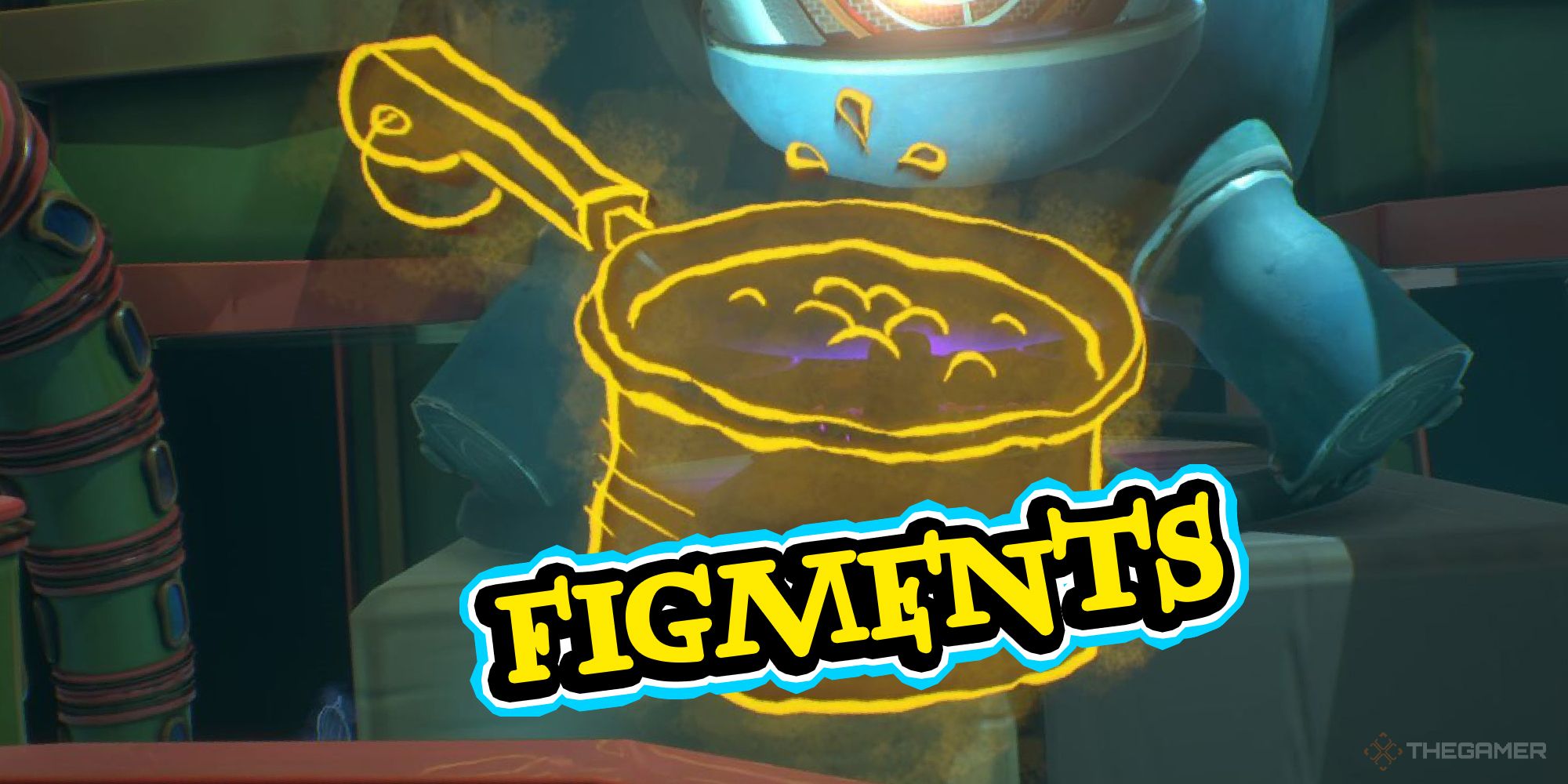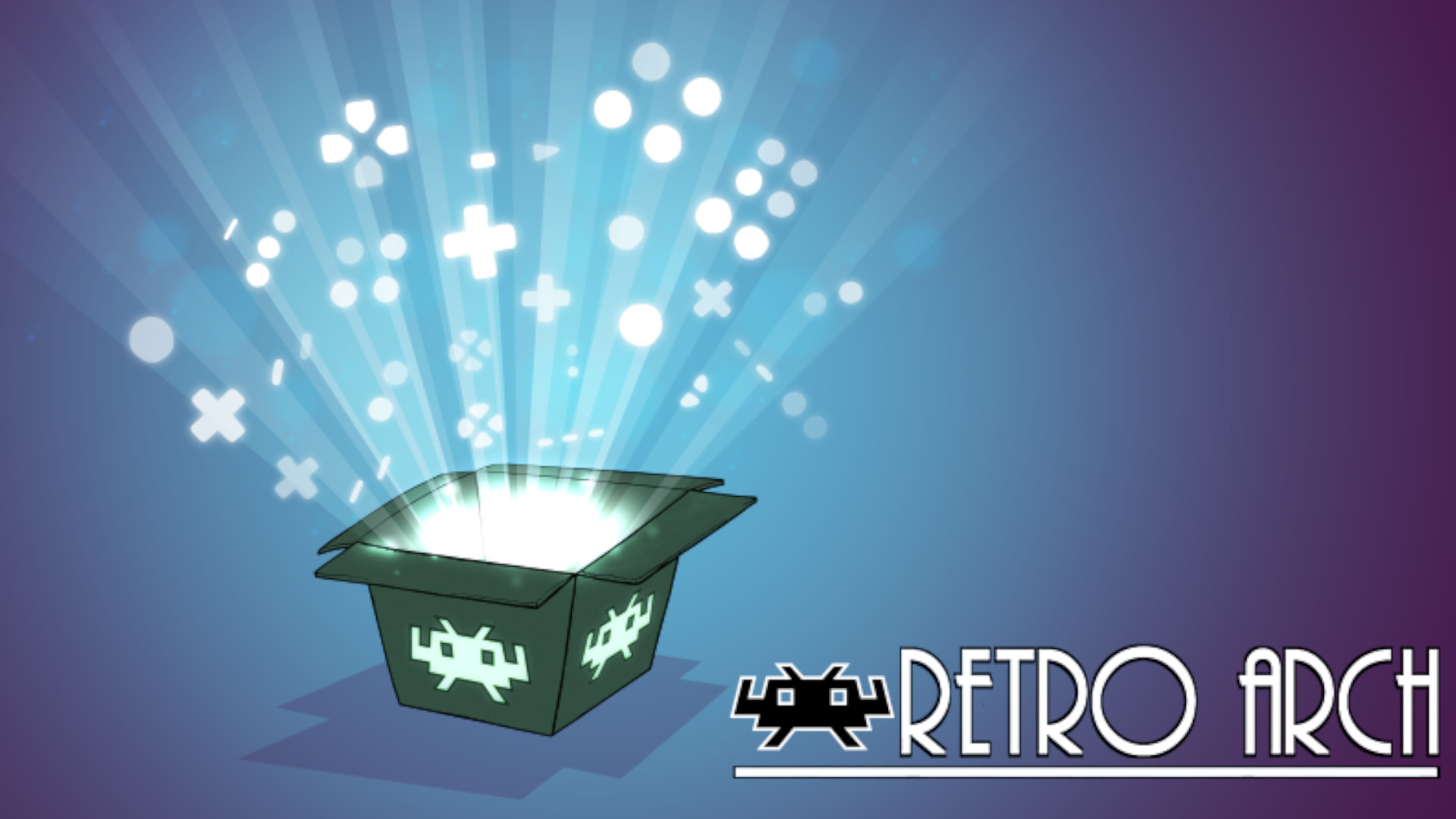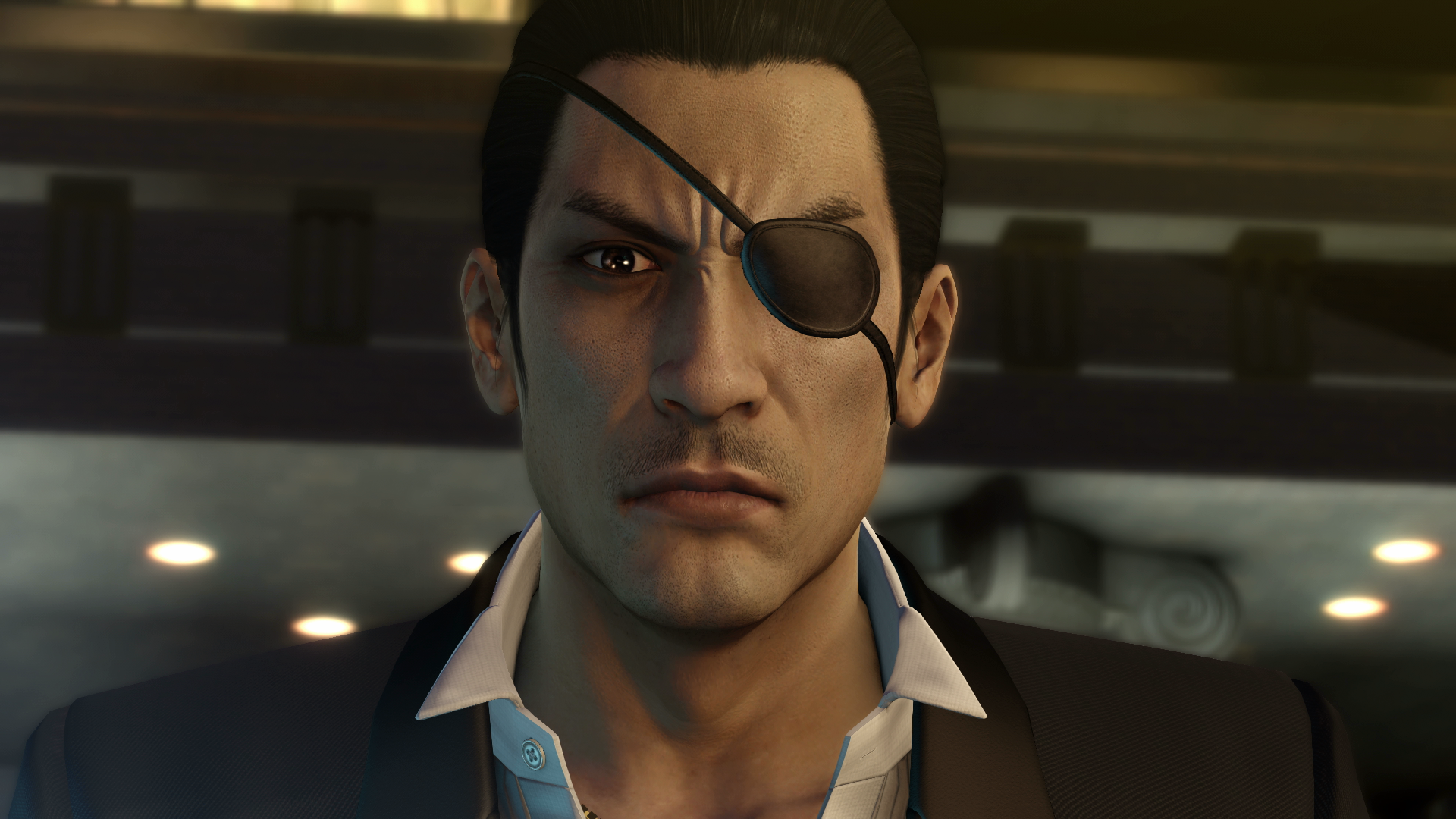
From the excellent Majima Construction anthem to the fact Ryuji Goda is one of video games’ best villains, Yakuza Kiwami 2 is outstanding. I personally reckon it falls slightly short of Yakuza 0, but it’s loads better than the first Kiwami – it’s wilder, more ambitious, and cohesive in a way that resembles the Empty Lot narrative far more so than the Yumi storyline after it. One of my favourite things about Kiwami 2, though, has absolutely nothing to do with any of this – of course I mean the Majima Saga.
As you play through Kiwami 2, you’ll gradually unlock chapters in a separate story simply known as “The Majima Saga.” This quite literally isn’t part of the main game, to the extent that you can only access it directly from the main menu – it’s like a sort of detached expansion, although it comes free with the game. There are three chapters in total, which makes it significantly shorter than Kiryu’s main arc, but sometimes brevity is the best quality a story can have,
Related: Yakuza’s Best Character Is And Always Will Be Kamurocho
The Majima Saga describes what happens to Goro between Yakuza Kiwami and Yakuza Kiwami 2. This is particularly worthwhile given that his role in Kiwami is relatively minor – don’t get me wrong, he’s involved with several story beats outside of Majima Everywhere, but he got half a game to himself in Yakuza 0.
In fact, perhaps it’s more accurate to say that the Majima Saga transpires between Kiwami and Kiwami 2, but that it’s specifically designed as a love letter to 0 – that last part is the core reason why it works so flawlessly. I’m not exaggerating when I say that the Majima Saga hit me ten times harder than the entirety of Kiwami 2, despite the latter being around ten times as long.
If you’ve played Yakuza 0, you’ll probably remember Makoto, the woman Majima is ordered to kill in order to reclaim his place in the Shimano family. Obviously, Majima doesn’t do it, and instead devotes all of his energy to protecting her. He succeeds in doing so, but proceeds to make sure she never knows who he actually is – she was blind when he met her, and he never mentioned his name, meaning that Makoto has no way of knowing who her saviour was even if he’s standing right in front of her.
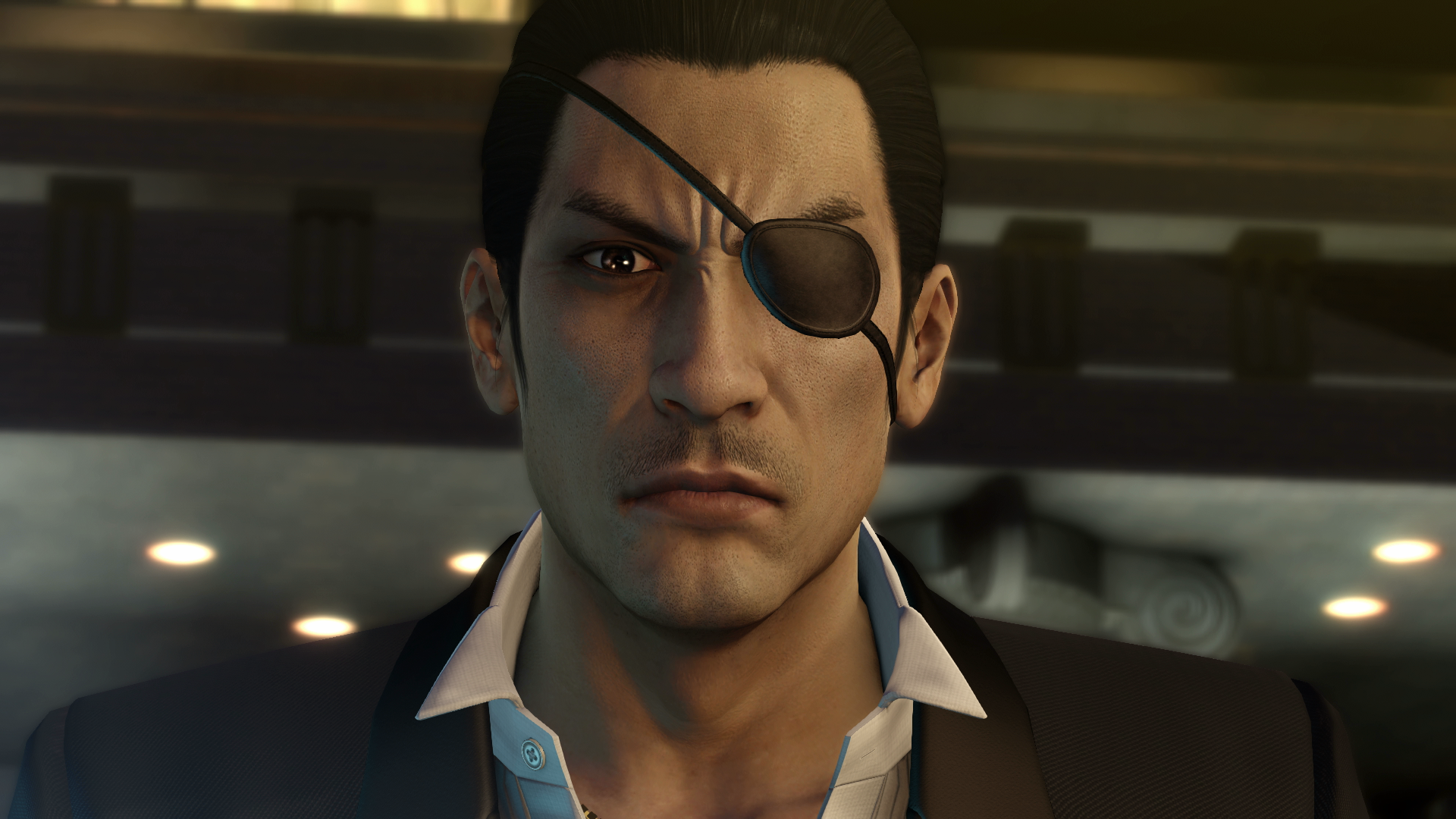
And then he goes back to Kamurocho, and to Shimano. By the time Kiwami rolls around, he’s patriarch of his own family, having swapped his ponytail for a ballsier cut and subbed out the slacks and dress shoes for an open leopard print shirt and a particularly fancy knife. He’s not the manager of Cabaret Grand anymore – he’s the Mad Dog of Shimano, which means he’s completely incompatible with Makoto. Then the Majima Saga happens.
The Majima Saga is set before the events of Kiwami 2, meaning that Kiryu is still out of the picture and living as close to a civilian life as is possible for an ex-yakuza. Despite his absence, though, Kashiwagi-san still looks out for Majima when it’s obvious that the latter has been framed for murder. The Majima Saga’s main story is a bit predictable – I always knew it was Ibuchi, and I always knew it was done as part of an alliance with the Omi – but the most brilliant aspects of it come straight out of left field despite being some of the most natural and inherent “Yakuza” moments in the game.
I am, of course, talking about Makoto’s return. One of Majima’s younger boys heads off to Sotenbori after shooting Uematsu in his office. Majima heads over to Osaka – previously his self-proclaimed “prison” in Yakuza 0 – and goes on a bit of a wild goose chase. He eventually heads to a masseuse located beneath a mahjong parlor – the same place Makoto used to work, which had been blown up and rebuilt in the interim since he’d last visited – and five minutes later, there she is. Majima, the man who opens secret lairs by headbutting tables and licks blood off his knife, completely freezes up. He lies there in utter disbelief, sweating, writing in pain but maintaining far too much pride to scream and betray himself. Remember, Makoto never knew what he looked like, but she could remember his voice. She talks to him and he doesn’t answer, coming across as rude to the one person in the world he would never dream of being disrespectful towards. He is uncharacteristically stuck in an unforgiving rut.
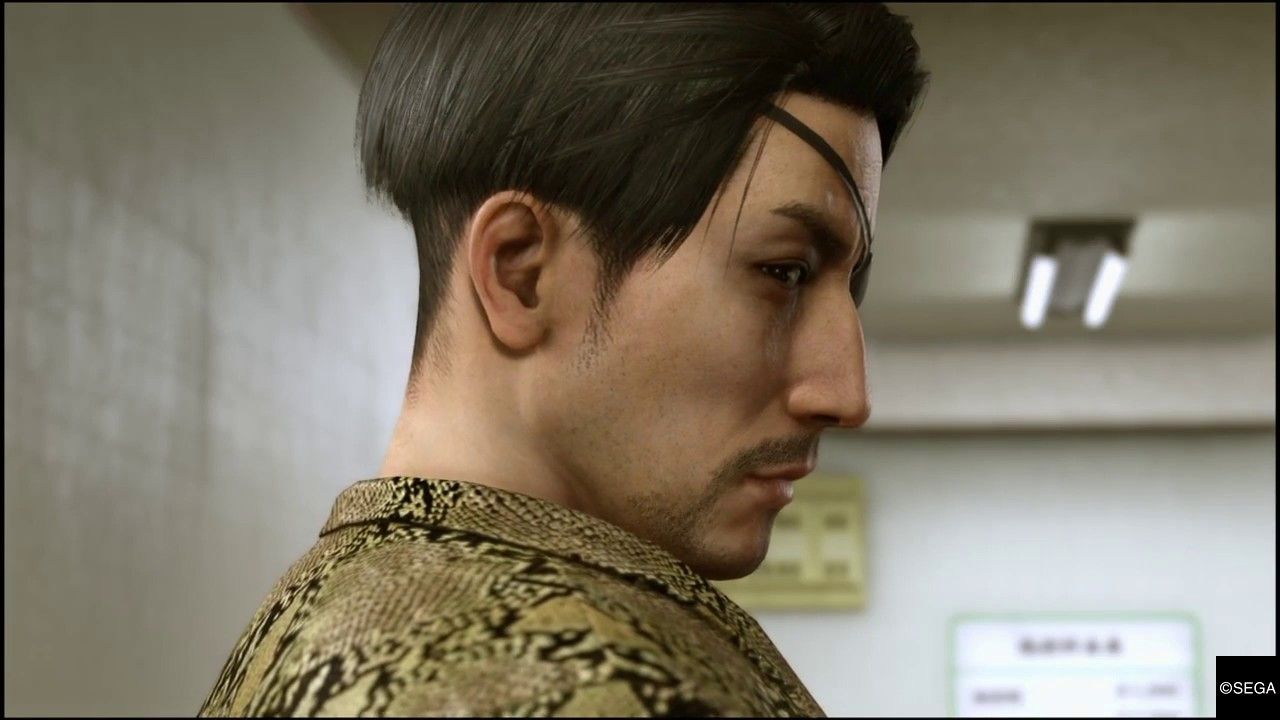
And then it’s over. Makoto spends some of the time talking about a watch she was given almost two decades ago, noting how the strap wore off and she was never able to find another one quite as nice as it. When Majima walks off, wordlessly, she asks if he at least felt better.
“Ya worked out some knots I’ve had for 18 years.”
I’m not exaggerating when I say that this single line has a larger impact than entire stories. It’s a testament to Yakuza at its best, because it’s a testament to Majima at his best, and the writing at its best, and the themes at their best. Later in chapter three we see Makoto board a plane with her husband. She takes out her bag and opens a present that arrived in the shop before she left for the mainland. Inside is a brown leather strap, and all of a sudden it hits her – she did get to see him again, the man who saved her and ran away before ever giving his name. She didn’t know it at the time, but the sheer fact he arrived that day, listened, and sent this present affords both Makoto and Majima closure they never could have got otherwise. I’d like to think it gives us players a bit of closure too, eh?
There are other reasons that the Majima Saga rules, but I think this is the main one – that it provides crucial context for his character that probably wouldn’t have hit quite as hard had it been included in the main story. I mean, he was never going to get half a game in Kiwami 2, because it’s based on the original Yakuza 2. It would have felt weird to integrate smaller chapters into the main story given that there are only three of them – it would be like the Ciri parts in The Witcher 3, but way less natural. Instead, framing it this way creates connective tissue between 0, Kiwami, and Kiwami 2, closing important narrative strands outside of the core narrative in order to give them the space and importance they deserve. What’s more, playing this after having finished Kiwami 2… well, let’s just say Yakuza 3 is already installed. Yakuza is an amazing series that so many other games could learn from, and the Majima Saga is one of its best, boldest, and most brilliant offerings.
